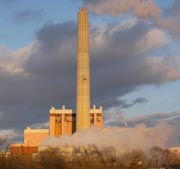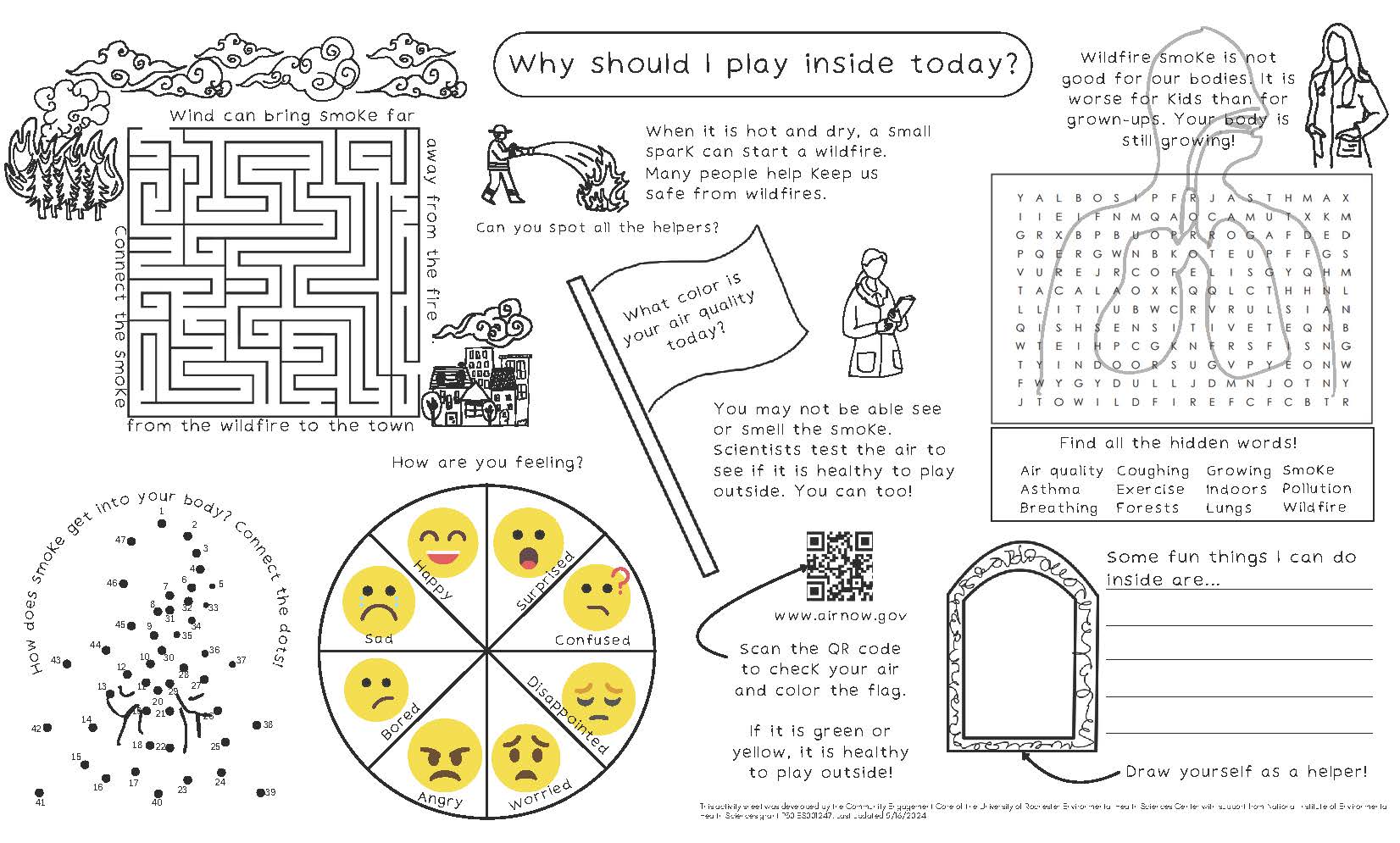 Program Overview
Program Overview
-
Provide guidance to public inquiries regarding outdoor air quality concerns.
-
Investigate complaints of open burning and initiate enforcement to terminate illegal burning.
🔥 Wildfire Smoke
Wildfire smoke is a mix of gases and fine particles from burning trees and plants, buildings, and other material. When wildfires burn near you, smoke can reach your community.
Monroe County, NY, has a relatively low risk of experiencing wildfires, however, the region has increasingly been affected by smoke from distant fires in Canada. In 2023, smoke from Canadian wildfires led to hazardous air quality levels in the area – monitor Air Quality Index (AQI) levels – vulnerable groups such as children, the elderly, and individuals with respiratory conditions.
🌫️ Air Quality
Monroe County’s air quality has improved significantly, with ozone pollution declining and only one day exceeding EPA standards between 2018 and 2020. The Rochester metro area ranks among the cleanest for short-term particle pollution and was 22nd best nationally for year-round levels in 2023. Winter still brings seasonal spikes, and while current risk is low, more poor air quality days are projected in the coming decades.
Monitor and Limit Exposure to Air Pollution
- Monitor air quality
- Check forecasted air quality levels by visiting AirNow or NY alerts, which provides daily updates and can send you alerts by email, text or mobile app.
- Look out for air quality alerts on the radio and TV.
- Follow Air Quality and Outdoor Activity Guidance for Schools, EPA-456/F-14-003, August 2014 (PDF).
- Limit the time you spend outside when air quality is poor. However, indoor air quality can be worse than outdoor air quality if someone is smoking cigarettes or hookah indoors.
- Plan outdoor activities for days when pollution levels are low.
People with chronic lung or heart conditions, older adults, children and teenagers, pregnant women and outdoor workers are most at-risk for adverse health effects from wildfire smoke. However, when the AQI reaches 200 or above (Purple/Brown), all of us are at elevated risk.
| Color | Air Quality Index Levels of Health Concern | Numerical Value | Meaning |
|---|---|---|---|
| Good | 0 to 50 | Air quality is considered satisfactory, and air pollution poses little or no risk. | |
| Moderate | 51 to 100 | Air quality is acceptable; however, for some pollutants there may be a moderate health concern for a very small number of people who are unusualy sensitive to air pollution. | |
| Unhealthy for Sensitive Groups | 101 to 150 | Members of sensitive groups may experience health effects. The general public is not likely to be affected. | |
| Unhealthy | 151 to 200 | Everyone may begin to experience health effects; members of sensitive groups may experience more serious health effects. | |
| Very Unhealthy | 201 to 300 | Health alert: everyone may experience more serious health effects. | |
| Hazardous | 301 to 500 | Health warnings of emergency conditions. The entire population is more likely to be affected. |
Important Links:














